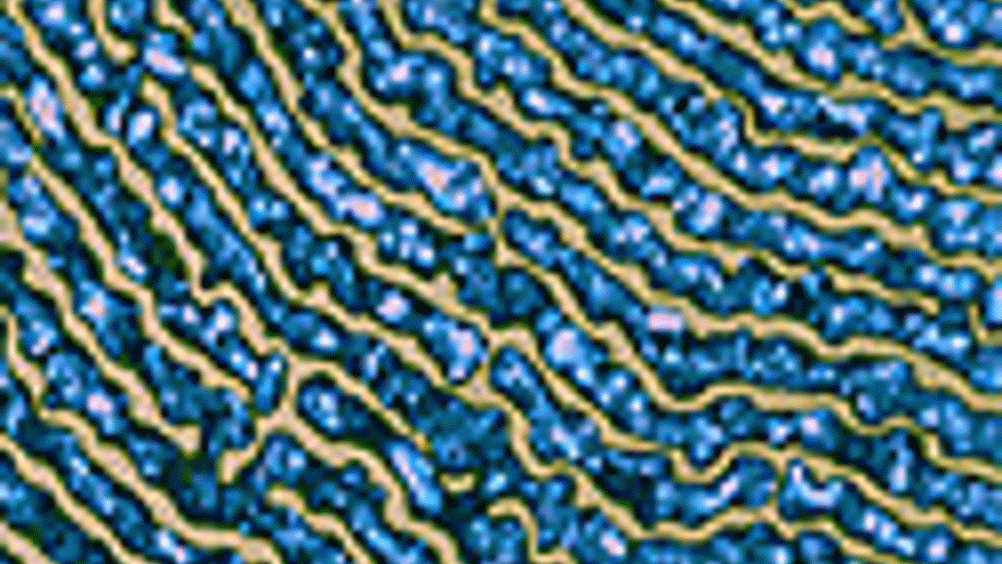Organic nanowires for smaller solar cells

Irish researchers have measured photoconductivity in a single polymer nanowire, a finding that could lead to inexpensive miniaturised solar cells and photo detectors.
Both devices work by converting light into electricity, and building smaller versions of the devices will rely on nanostructured materials with good photoconducting properties. The properties of inorganic photoconducting nanowires, such as ZnO or Si, have been measured, but relatively little is known about the properties of organic nanowires. Organic nanowires could be both chemically tunable and relatively inexpensive to integrate into electronic circuits.
Gareth Redmond's group at the Tyndall National Institute in
The wires' quantum efficiency, or the number of current-carrying electrons produced per photon hitting the wire, is about 0.1 per cent, which is comparable with several inorganic nanowires. As in many polymer-based electronic devices, the limiting factors may be the non-crystalline structure and poor electrical contact with the metal leads.
Register now to continue reading
Thanks for visiting The Engineer. You’ve now reached your monthly limit of news stories. Register for free to unlock unlimited access to all of our news coverage, as well as premium content including opinion, in-depth features and special reports.
Benefits of registering
-
In-depth insights and coverage of key emerging trends
-
Unrestricted access to special reports throughout the year
-
Daily technology news delivered straight to your inbox










BEAS funding available to help businesses cut energy costs
And not a moment too soon, if the following exchange broadcast last Friday 13th June, on the Radio 4 ´Rare Earth´ program (link below, ~ 17 minutes...